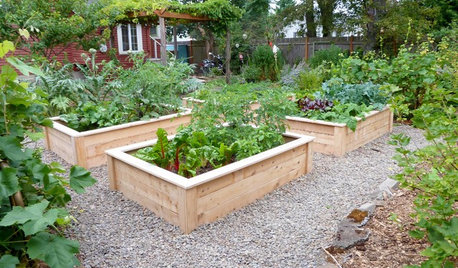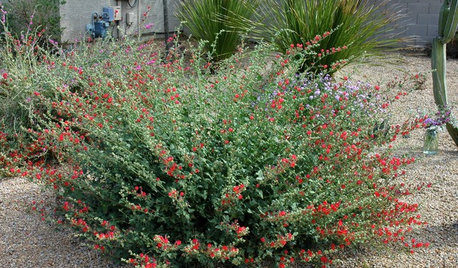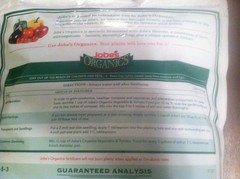Jobes Organics Vegetable and Tomato Fertilizer Help
jacob.morgan78
9 years ago
Featured Answer
Sort by:Oldest
Comments (26)
planterjeff
9 years agojacob.morgan78
9 years agoRelated Professionals
Edmond Landscape Architects & Landscape Designers · Glassmanor Landscape Architects & Landscape Designers · Mountain Brook Landscape Architects & Landscape Designers · Roosevelt Landscape Architects & Landscape Designers · Bridgeport Landscape Contractors · Brookline Landscape Contractors · Brooklyn Park Landscape Contractors · Firestone Landscape Contractors · New Berlin Landscape Contractors · The Woodlands Landscape Contractors · Watertown Landscape Contractors · Woodbury Landscape Contractors · York Landscape Contractors · Greenfield Landscape Contractors · Sun Valley Landscape Contractorsdigdirt2
9 years agoseysonn
9 years agoplanterjeff
9 years agotracydr
9 years agojacob.morgan78
9 years agoplanterjeff
9 years agoplanterjeff
9 years agodigdirt2
9 years agoplanterjeff
9 years agodigdirt2
9 years agojacob.morgan78
9 years agoseysonn
9 years agotarolli2011
7 years agolizattwu79
6 years agoantipodean
6 years agogardengal48 (PNW Z8/9)
6 years agolizattwu79
6 years agogardengal48 (PNW Z8/9)
6 years agodigdirt2
6 years agolizattwu79
6 years agolizattwu79
6 years agoantipodean
6 years agotarolli2011
6 years ago
Related Stories

GARDENING GUIDESGet on a Composting Kick (Hello, Free Fertilizer!)
Quit shelling out for pricey substitutes that aren’t even as good. Here’s how to give your soil the best while lightening your trash load
Full Story
EDIBLE GARDENSSummer Crops: How to Grow Tomatoes
Plant tomato seedlings in spring for one of the best tastes of summer, fresh from your backyard
Full Story
GARDENING GUIDESHow to Switch to an Organic Landscape Plan
Ditch the chemicals for a naturally beautiful lawn and garden, using living fertilizers and other nontoxic treatments
Full Story
GARDENING GUIDES12 Tips to Help You Start an Edible Garden
Get on your way to growing your own vegetables with a raised bed or a few containers on the patio
Full Story
EDIBLE GARDENSGarden BFFs? Why Your Vegetables Are Begging for Companion Plants
Foster friendships among plants for protection from pests, pollination support and color camaraderie
Full Story
GARDENING GUIDESSouthwest Gardener's February Checklist
Orange you glad for a citrus-fertilizing reminder? And don't forget the recommended doses of vegetable seeds and cold-hardy flowers
Full Story
FARM YOUR YARDAdvice on Canyon Farming From L.A.'s Vegetable Whisperer
See how a screened garden house and raised beds help an edible garden in a Los Angeles canyon thrive
Full Story
GARDENING GUIDESCommon Myths That May Be Hurting Your Garden
Discover the truth about fertilizer, soil, staking and more to keep your plants healthy and happy
Full Story
PETS6 Ways to Help Your Dog and Landscape Play Nicely Together
Keep your prized plantings intact and your dog happy too, with this wisdom from an expert gardener and dog guardian
Full Story
MOST POPULAR7 Ways to Design Your Kitchen to Help You Lose Weight
In his new book, Slim by Design, eating-behavior expert Brian Wansink shows us how to get our kitchens working better
Full Story






jacob.morgan78Original Author